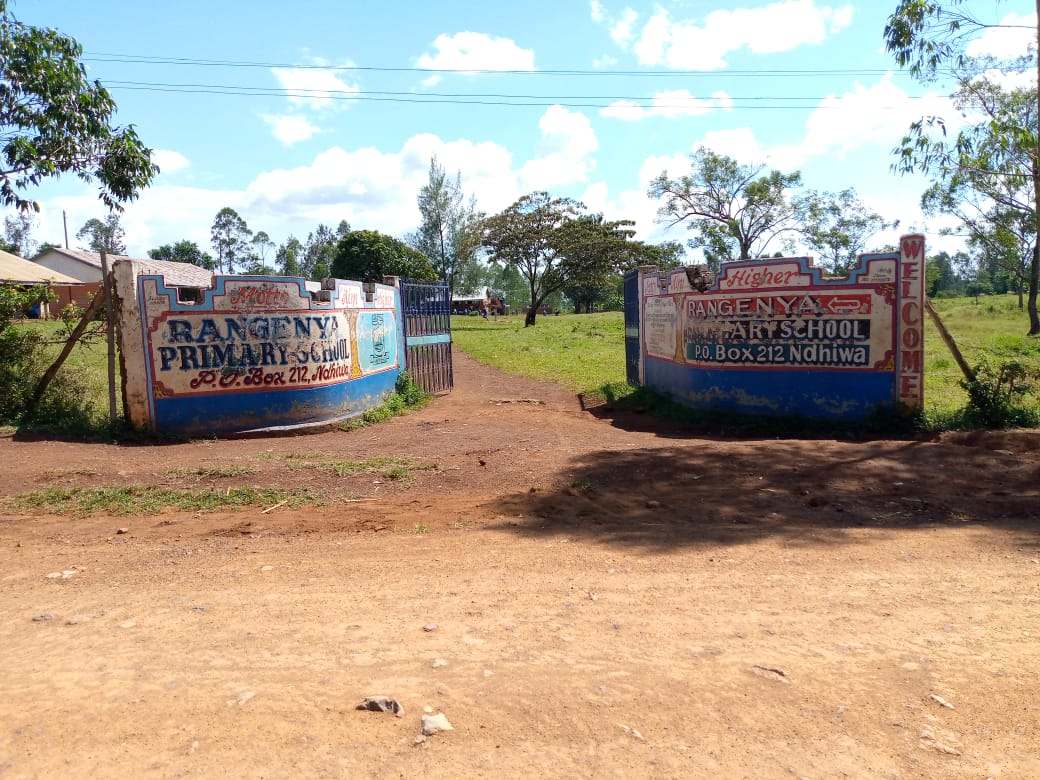E4D Fellow: Frank Odhiambo
Does Technology Use Improve Educational Attainment, Health and Mental Wellbeing for Persons with Disabilities? Evidence Using a Speech Enabled Mobile App in Kenya

Project Duration: 2021 – 2024
Supervisor at ETH Zurich:
Prof. Dr. Isabel Günther (Chair of Development Economics Group)
Partner Institutions:
external page National Council for Persons with Disability
external page Association of the Physically Disabled Persons of Kenya
external page University of Nairobi
Project Description

More than 1 billion people, representing about 15% of the population, live with some form of disability. Of these, about 80% are from a low- or middle-income country (LMIC). People with disability tend to live in poorer households and tend to have lower education outcomes than their national averages, the World Bank estimates that about 90% of people with special needs are out of school. The importance of education in any society cannot be over-emphasized. Yet despite its clear benefits, particularly for poverty reduction and better quality of life, many persons with special needs face significant barriers in access to and investment in education. One such barrier is a lower access to and use of assistive technology, which has the capacity to bridge the functional difficulty gap that special needs learners face in the classroom.
In Kenya, only a quarter of persons with disability own any assistive device yet three quarters of those devices are defective. Enrollment in school is low in the first place with just about 2.6% of primary school learners having some sort of disability (against a national average of 5%). Transition is even more adverse with only about 0.1% of learners in secondary school being special needs learners, highlighting a significant transition deficit and a high drop-out problem for learners with a disability. Findings elsewhere also indicate that most learners with disability in Kenya drop out of school due to the functional difficulties associated with the disability itself.
What is the role of technology in addressing these significant transition and drop-out problem for learners with special needs in Kenya? What could be the take-up and usage rates of such technology? Does the use of such technology improve retention, test scores and transition for special needs learners? What is the overall impact on mental health, well-being and aspirations of these special needs learners?
This project attempts to answer these questions. It evaluates the role of technology specifically, a speech enabled mobile app, in addressing educational and mental health and well-being outcomes for learners with disabilities in Kenya. It evaluates whether curriculum material when offered through a speech enabled mobile app helps to improve learning outcomes such as the decision to stay in school, test scores in math and science, the decision to take the national primary exam, and transition to secondary school for special needs learners. It also evaluates the effect of a motivational messages, also provided through the app, on their mental health and well-being and their future aspirations.
The findings of this study have potentially significant policy implications for policy makers on the role of technology for improving education outcomes and poverty for people with disabilities in LMICs.